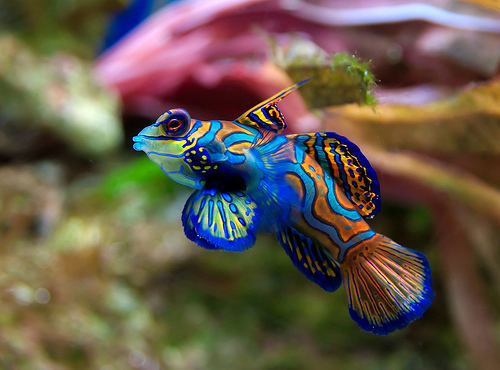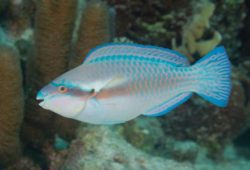Selecting and Acclimating your Freshwater Tropical Fish
In the article it is spoken in detail about Selecting and Acclimating your Freshwater Tropical Fish. With so many choices… how do I select the right Freshwater Tropical fish for my new Aquarium?

Contents
Community Tank or Species tank?
First you must decide if you want a Community tank or a Species tank. A Community tank is a mixture of docile fish such as Tetras, Barbs, Dainos, Clown Fish, Corydoras to name a few. A Species tank in one that might contain aggressive fish like most Cichlids, or fish that need to be kept by themselves like Discus.
Know how many fish your tank can hold…
The stocking capacity of an aquarium is different for each size of tank. The general rule of thumb for any freshwater tropical aquarium is 1″ of fish per gallon of water.
This doesn’t mean that you can keep one 10″ fish in 10 gallons of water… it means you can keep ten 1″ fish or five 2″ fish in a 10 gallon tank. A 10 gallon tank could not provide enough oxygen for the 10″ fish… but the 10 gallon tank can sustain ten 1″ fish.
Another method commonly used to determine stocking capacity is to calculate the surface area of the water and divide by 12. The sum will be the number of inches of fish you can safely stock. To figure surface area multiply the length of the tank by its width, and then divide by 12.
Once you’ve become a seasoned aquarist and you totally understand how the aquarium functions… you will have the knowledge to break the general rules of thumb.
Learn about the Fish you want…
Once you’ve decided on what type of aquarium you want to have… it’s time to start researching fish. You’ll need to learn what they eat, at what level in the water they prefer to hangout at, school density, what temperature they prefer, and most importantly, how big will the fish get. The last thing you want to do is buy a beautiful little 2″ fish that grows into a 14″ monster.
Where to Shop for Fish…
I prefer to shop at the local mom and pop fish store. They usually have the best selection and quality. I find that the service is good and the staff is very knowledgeable. They are your best source of advice… and if trouble ever comes your way, they will be there to help you.
Selecting your Fish…
Once you have decided what type of aquarium your going to have… its time to go shopping for fish.
If you’ve never bought fish before… ask the fish keeper at your local shop to help you pick a good fish. You’ll want to avoid fish with deformed bodies, damaged fins or eyes, protruding scales, visible sores, abnormally large bellies, fish that hide in the corner, or fish that suspend in the water in an abnormal position.
Follow these simple rules… and you’ll be well on the way to having a successful aquarium.
Acclimating your New Fish…
Acclimating fish to your aquarium’s water and temperature is a simple process that takes 45 minutes to an hour. The first thing you should do is float the bag that your fish are in, in your aquarium for 20 or 30 minutes. This will slowly equalize the temperature of the aquarium water and the bag water.
After 20 to 30 minutes have passed… open the bag and pour a few ounces of tank water into the bag. Repeat this process every 10 minutes until you have about the same amount of tank water in the bag as water that was originally in the bag. This is an important step that helps your new fresh water tropical fish adjust to your tank’s water conditions.
Next its time to release your fish. Use a small net to catch the fish in the bag and transfer them to your tank. Do not empty the bag of water into your aquarium to release the fish. It is possible that the bag water could contain pathogens that you don’t want to introduce into your aquarium.
Adding Stress Coat® to either the bag water or tank water greatly reduces shock and stresses experienced by tropical fish when introduced to their new home. It also instantly removes chlorine and chloramines from tap water making it safe for topical fish.



